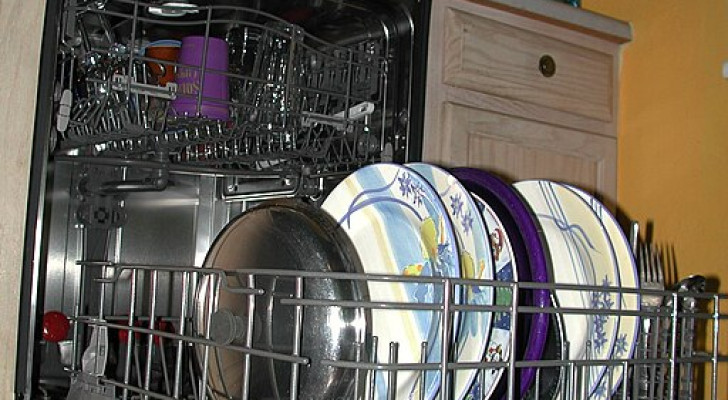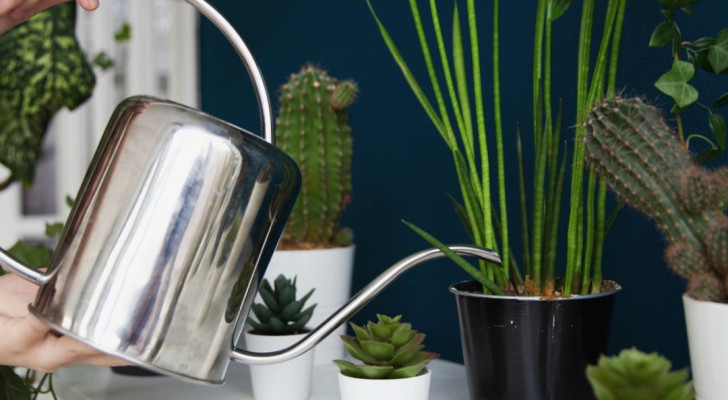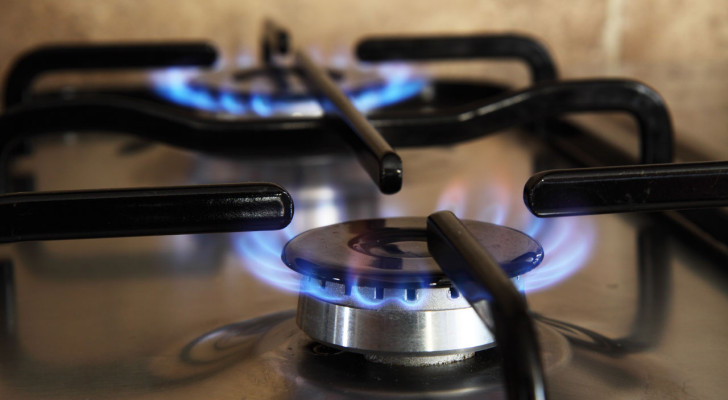Cream of tartar: How this product can be used for a lot more than just baking
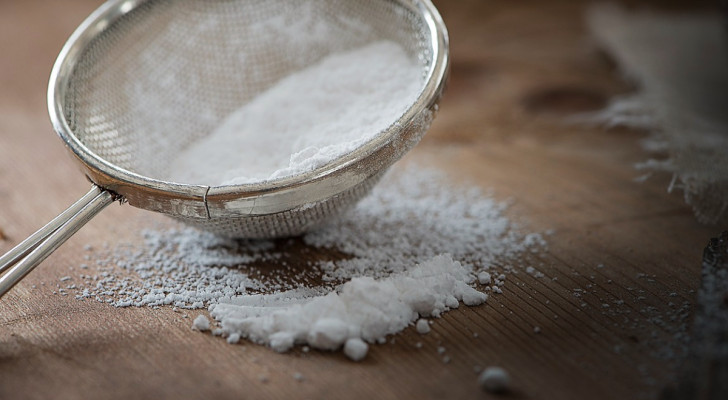
Known as a natural leavening agent, cream of tartar is often used as a substitute for traditional yeast in the preparation of many recipes. And like other common ingredients in our kitchens, the usefulness of cream of tartar does not end at the stovetop.
Cream of tartar is a powder that contains a weak acid and has a mild abrasive power and can be very useful for carrying out household cleaning chores.
Below, we provide a short guide outlining some of the alternative uses for cream of tartar around the house:
1. Laundry
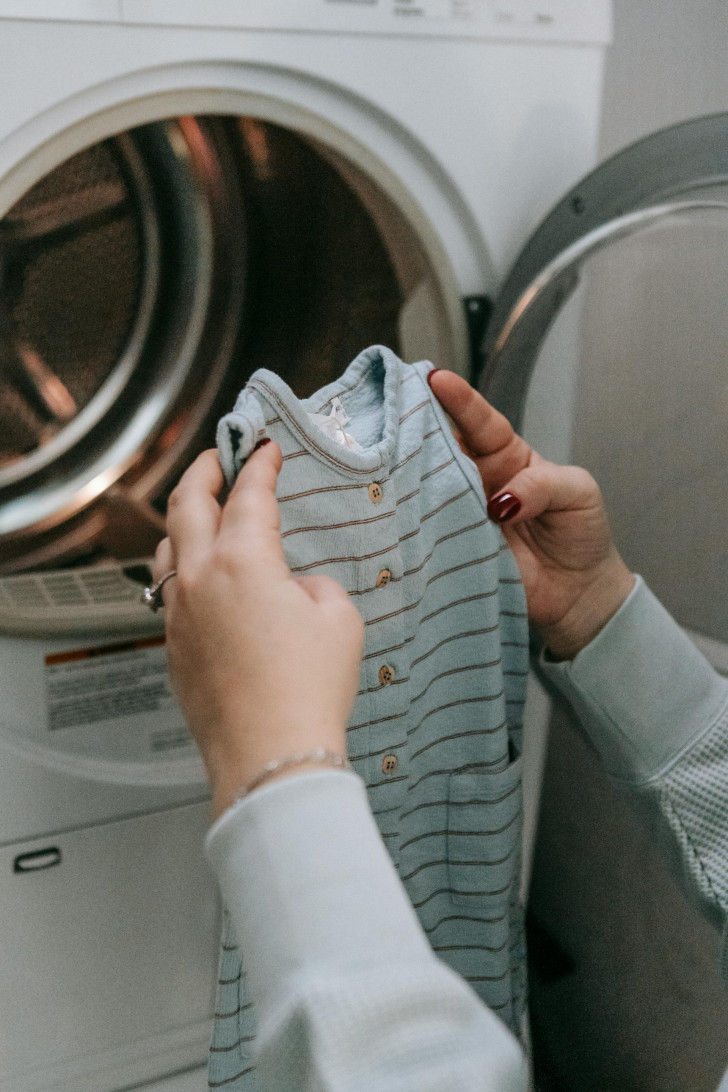
Cream of tartar can be used when doing the laundry, and has two benefits:
- Pre-treatment for stains: stubborn grease, food or other liquid stains can be treated before washing with cream of tartar to facilitate their removal and without damaging the fabrics. Apply a teaspoon of cream of tartar directly to the stain, along with a teaspoon of lemon juice, ecological dishwashing liquid or laundry detergent. Leave on to act for at least three hours before doing a regular wash;
- Brightener for white clothes: to brighten white garments, soak them overnight (or a full day) in a mixture of one teaspoon of cream of tartar for every liter of warm water used.
2. Pots and pans
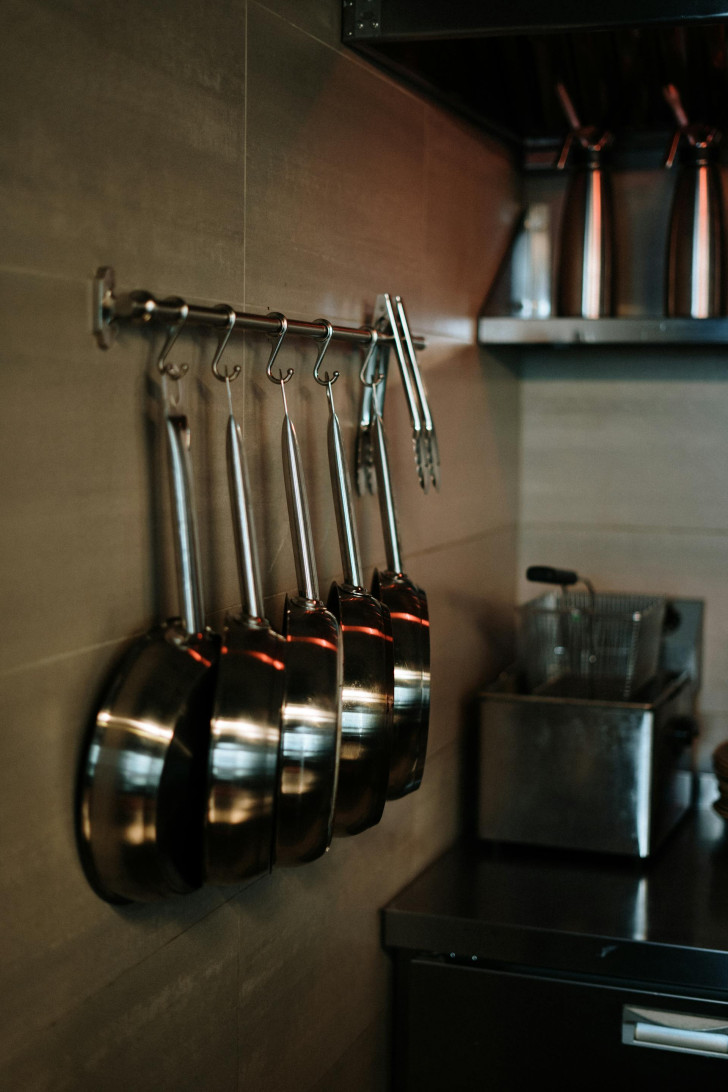
Pots and pans made of steel or aluminum can be challenging to clean. To help remove burnt-on grime, you can fill the pot or pan with hot water, add a spoonful of cream of tartar and bring the solution to the boil. Then, proceed by washing the pot/pan by hand or in your dishwasher.
3. Copper
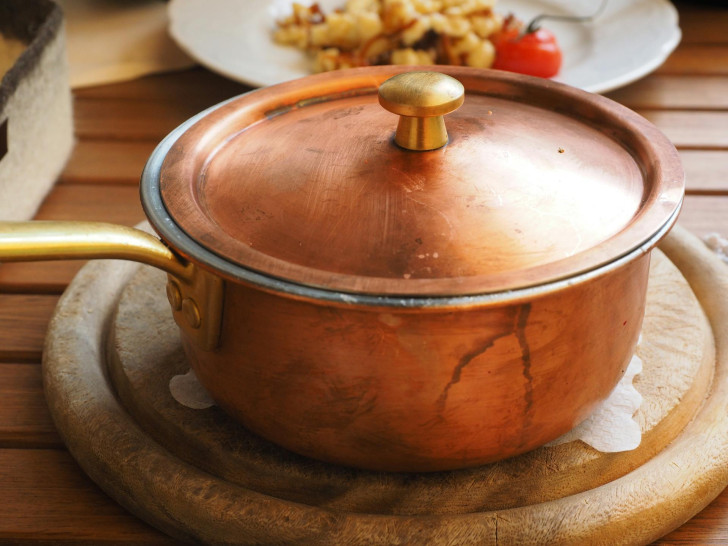
Copper objects usually develop a patina over time, making them appear dull and dirty. To make copper shiny again, you can mix a teaspoon of cream of tartar with a few drops of lemon juice and rub the resulting paste onto the surface of the copper item using a soft cloth. Rinse off with warm water and finish by polishing the copper with a slice of lemon.
4. Sanitary ware and delicate surfaces

Sanitary ware, ceramics and marble shelves are quite delicate surfaces and are prone to picking up limescale and dirt. The use of aggressive chemical detergents can easily damage these surfaces - to avoid this, you can use cream of tartar.
By mixing cream of tartar with white wine vinegar in equal parts, you will get a paste that can be applied directly to any grime on these delicate surfaces; leave on to act for about 30 minutes, then wipe down using a sponge or a damp cloth; rinse off with warm water. Now, your sanitary ware, ceramics and marble shelves should be clean and damage-free.
Even the toilet can be cleaned using cream of tartar: just sprinkle the powder on the internal surfaces of the toilet bowl and leave on to act for a few minutes; then, scrub off with the toilet brush and flush.
5. Stovetops
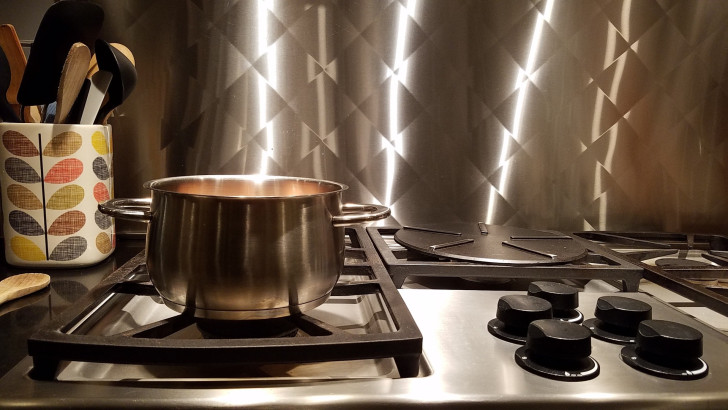
Tea, coffee, sauce and broth spills and stains can be very difficult to remove from a stovetop once they're dry. To remove them easily, put a teaspoon of cream of tartar on a damp sponge and gently rub over the stovetop. Your oven will look as good as new afterwards!
6. Coffee machines

Coffee machines are vulnerable to limescale deposits and need periodic descaling. You can avoid using chemical descalers - which can leave unpleasant residue - by using cream of tartar: add two tablespoons of cream of tartar to the water tank and start the machine (and without adding any coffee, of course). Let the tank empty out completely and then run a wash cycle using water only. Now, your coffee machine is ready to use again.
Do you know of any other ways cream of tartar can be used for cleaning chores?
